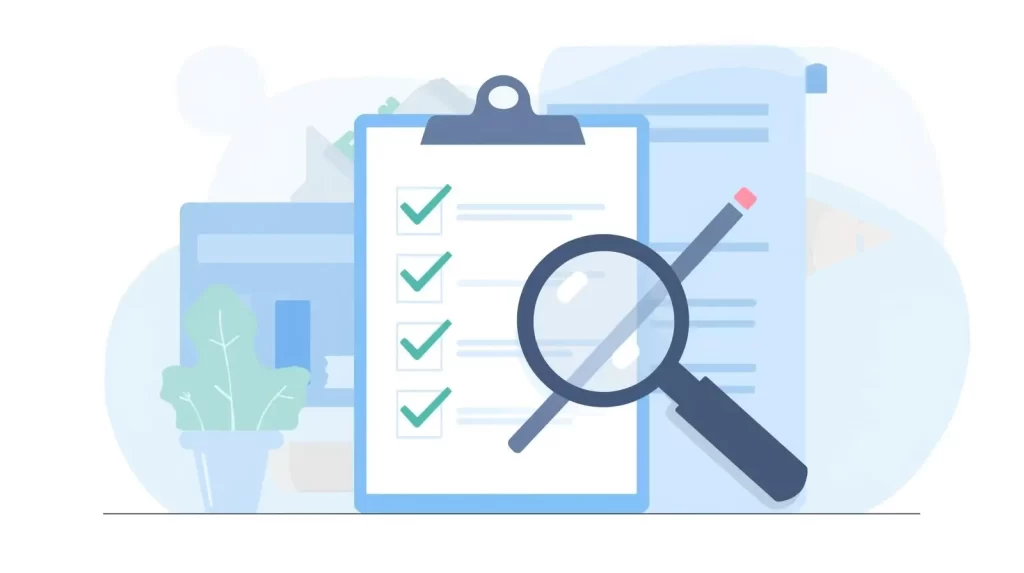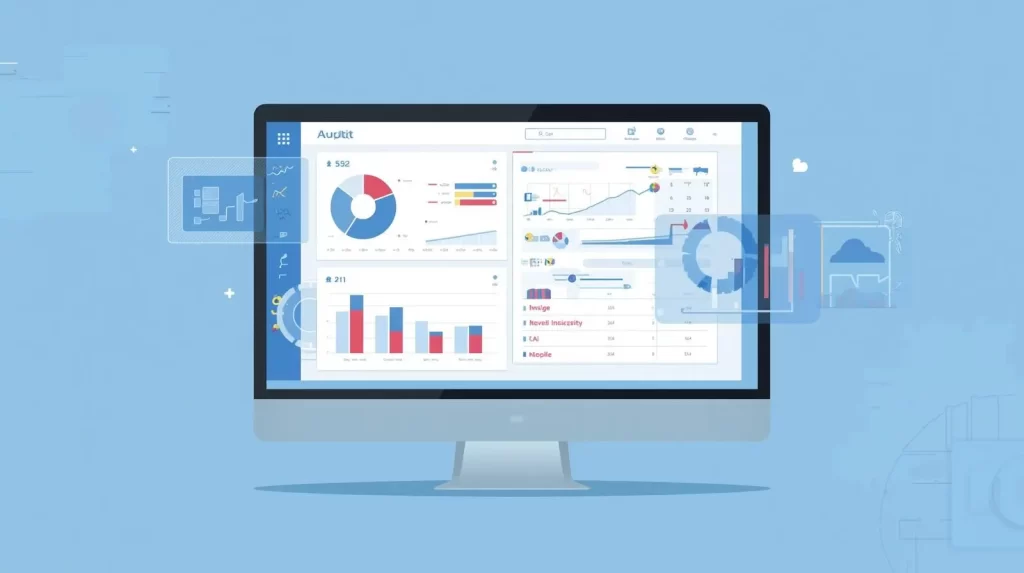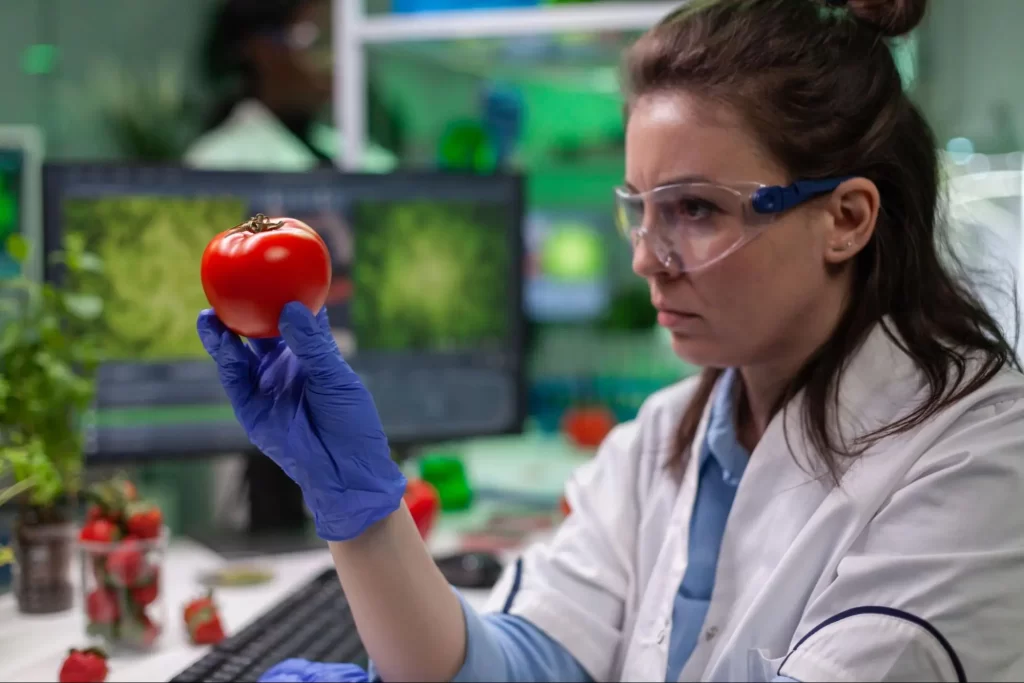What if one small mistake in food safety could ruin your business?
That risk is very real in 2026. People want food that is safe and of high quality, and regulators make sure that companies follow the rules. Trust can go away in a flash if a record goes missing or an inspection fails.
The good news is that technology is on your side.
Food safety software is changing the way businesses do audits, inspections, and compliance. Companies that use them early not only avoid risk, but they also stand out as leaders.
So, how can you be sure your business is ready? Let’s get right to it.
What Does It Mean to Manage Food Safety in 2026?
Today, managing food safety is more than just following the rules. It’s about keeping your customers safe and showing them that they can trust your business.
Every food business must keep their kitchens very clean, keep track of where their ingredients come from, and follow international rules like HACCP, FSMA, and ISO 22000.
The challenge? Doing all this consistently while running daily operations.
That’s why food safety management software is becoming a necessity. It allows businesses to stay compliant, organized, and confident.
Why do so many food safety inspections still fail?
Here’s the hard truth: many businesses fail inspections not because they don’t care, but because they still rely on outdated systems.
Paper checklists get lost. Spreadsheets don’t update in real time. Human errors slip through.
The top reasons inspections fail include:
- Missing or incomplete records
- No proof of corrective actions
- Forgotten deadlines
- Errors in reporting
- Lack of visibility across locations
The result? Inspectors see gaps, even when staff followed the proper process. That gap is where penalties, fines, and reputational damage live.
Wouldn’t it be easier if you could show inspectors everything they need in just a few clicks?
How can food safety software turn inspections into strengths?
Instead of dreading inspections, imagine welcoming them. Food safety compliance software makes that possible by turning inspections into a quick, organized routine.
Here’s how it helps:
- Digital checklists keep every inspection stored safely and consistently.
- Auto-reminders ensure no deadline slips through the cracks.
- Real-time dashboards let managers spot issues before they become problems.
- Audit trails provide inspectors with instant proof of compliance.
Inspections stop being a threat and become proof of your business’s professionalism; that shift changes everything.
What features should you expect in food safety management software?
It’s true that not all software is created equal.
For food safety, the right program should do more than store data. It should also make compliance stress-free and straightforward.
Some of the best tools include:
- Customizable inspection sheets that fit your daily operations.
- Tracking systems for corrective and preventive actions that help you solve issues quickly and effectively.
- Document control for SOPs, policies, and certifications
- Detailed audit logs that record every action
- Instant reporting to save time during audits
Think of it as your digital safety net. The stronger the features, the less room there is for risk.
How does software simplify HACCP and ISO 22000 compliance?
HACCP and ISO 22000 sound complex, but at the core, they’re about proving you can control risks. Software makes this far easier.

Food safety and quality management software helps by:
- Mapping critical control points (CCPs)
- Recording monitoring steps instantly
- Keeping logs for verification and validation
- Creating reports with a single click
- Alerting teams when corrective action is needed
Instead of scrambling for documents, you’ll always have proof. That’s peace of mind no binder can give you.
What’s the real benefit of switching to digital food safety tools?
Switching to food safety software solutions is more than convenience; it’s a competitive edge.
Here’s why businesses are making the shift:
- Speed: Digital tools cut inspection times dramatically.
- Accuracy: Automated records leave no room for errors.
- Audit readiness: Every record is ready for review at any time.
- Transparency: Clear audit trails keep everyone accountable.
- Savings: Less paperwork and fewer penalties save money.
Businesses that go digital aren’t just safer, they’re also smarter, leaner, and more respected by customers and regulators.
Who should use food safety software, and when’s the right time?
You might wonder if food safety software is only for big corporations.
The truth? Businesses of every size can benefit.
- Small restaurants and bakeries streamline daily inspections.
- Quick-service restaurants (QSRs) keep multiple branches consistent.
- Manufacturers manage large-scale compliance with ease.
- Suppliers and distributors track safety across the supply chain.
The best time to adopt is now. Waiting until after a failed inspection or recall makes the process harder and more costly.
How can you choose the right food safety software solutions?
With so many options, how do you know which food safety software programs are right for your business?
Ask the tough questions:
- Can staff complete inspections on mobile devices?
- Does it integrate with systems you already use?
- Does it offer real-time alerts and reporting?
- Is it flexible enough to grow with your business?
- Does it meet global standards like HACCP and ISO 22000?
The best choice is the one that fits seamlessly into your operations while preparing you for whatever comes next.
What will food safety look like beyond 2026?
Food safety isn’t standing still. In fact, the pace of change is accelerating. Businesses that resist technology will struggle to keep up.
What will food safety be like after 2026?
Food safety is always changing. The truth is that things are changing faster than ever. Companies that don’t want to use technology will have a hard time keeping up.
Here’s what’s coming up:
- AI analytics that can see risks before they happen
- IoT sensors that keep an eye on food conditions in real time
- Cloud systems that let managers see everything going on around the world
- Integrated supply chains that ensure everything can be traced back to its source
In 2026, food safety manager software will already be the most important part of compliance. It will be the standard that all serious businesses must follow.
Bottom Line
In 2026, food safety isn’t just about avoiding mistakes. It’s about earning customers’ trust, keeping them safe, and showing them how valuable your business is. Old ways of doing things can’t keep up with what people need now.
With food safety and quality management software, you can stay ready for inspections, lower risks, and make compliance easy. Companies that use it now won’t just get by. They will do well because their processes will be safer, their reputations will be better, and their customers will be more loyal.
So, the question is: Will your business be the first to use food safety software, or will it have to catch up?
FAQs
What is food safety management software?
It is a digital system that manages inspections, compliance, and audits. It also reduces errors through automation and central data storage. Therefore, compliance becomes easier for both small and large food businesses.
Why is food safety software better than manual methods?
Manual methods often cause errors and delays. However, software prevents these with digital checklists, reminders, and dashboards. Thus, audits become faster, easier, and more reliable.
Which businesses should use food safety compliance software?
All food businesses benefit, from restaurants to large suppliers. Moreover, early use reduces risks, strengthens compliance, and builds consumer trust. Hence, software ensures accurate records and consistent compliance everywhere.
Does food safety software support HACCP and ISO compliance?
Yes, it fully supports HACCP and ISO standards. The software also records control points, logs, and corrective actions automatically. As a result, reports are instantly generated for complete compliance readiness.
How does food safety manager software improve accountability?
It tracks every action with digital audit trails. Therefore, roles and responsibilities become clear across teams. In addition, transparency strengthens compliance and reduces disputes significantly.
Are food safety software programs expensive?
There is an upfront cost, but the savings outweigh it. The software also cuts paperwork, prevents penalties, and streamlines compliance, resulting in businesses saving thousands over time.






